Audi A6 Avant (2011-2018) engines, drive and performance
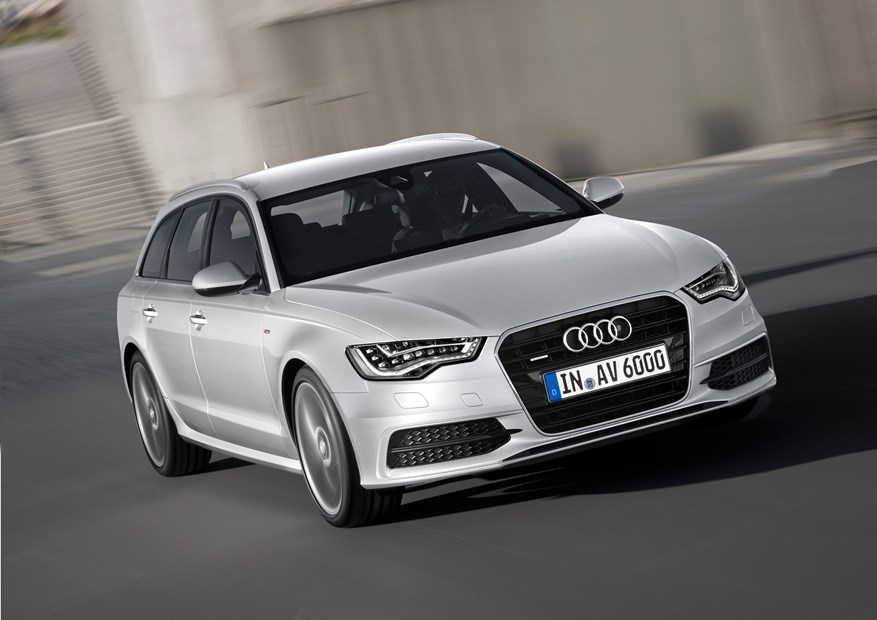
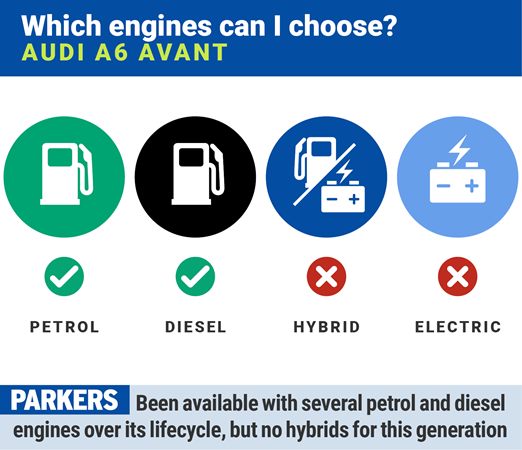
There are several engines in the Audi A6 Avant range, catering for company car drivers, families and even performance fans. The range was tweaked further during a facelift in 2014.
From launch four engines were available on the Audi A6 Avant, consisting of one petrol engine and three diesel units.
The lowest-powered engine was the 176hp 2.0-litre TDI. It was the slowest in the range completing the 0-62mph sprint in 8.7 seconds with a top speed of 141mph. However, it was also the most popular.
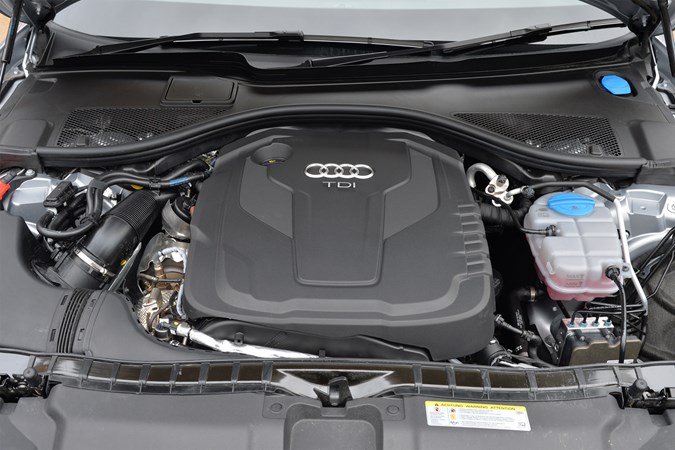
There were two power outputs for the petrol 3.0-litre TFSI V6: the lower powered engine kicks out 204hp and the higher powered unit has 244hp. With 204hp, the A6 can get from 0 to 62mph in 7.2s and it has a top speed of 149mph. The higher powered 244hp is slightly quicker with a 0-60mph time of 7.2s with an electronically limited speed of 155mph.
There’s also a cracking 3.0 TFSI that has an output of 295bhp and it is coupled to a seven-speed S Tronic gearbox. It’ll get to 60mph in 5.5s and it has a top speed of 155mph. That’s pretty quick for a car that weighs 1,740kg.
Three gearboxes are available on the A6: a six-speed manual for front-wheel drive, eight-speed Multitronic or seven-speed S Tronic. The Multitronic CVT and manual ‘boxes are available on all front-wheel-drive models while the S Tronic comes as standard on the Quattro models.
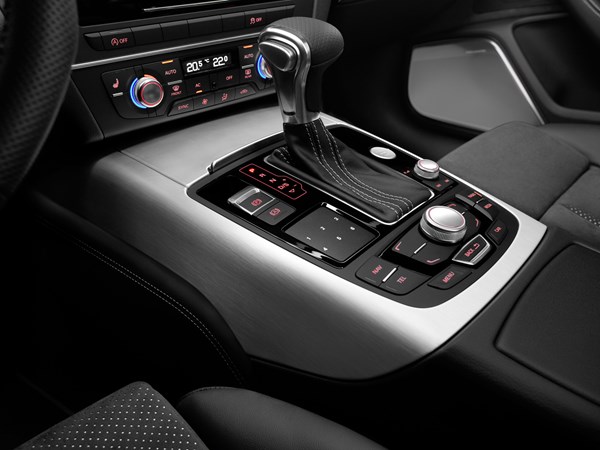
In January 2014 there was a very mild facelift which introduced a number of minor engine changes. There’s a new seven-speed automatic gearbox to replace the CVT in front-wheel drive models, and this is far better to drive than the out-going gearbox.
The engine range now consists of a 2.0-litre TDI Ultra with 190hp – which does 0-62mph in 8.5 seconds with a top speed of 140mph – and a 3.0-litre V6 diesel with either 204hp or 272hp, covering 0-62mph in 6.8 seconds with Quattro four-wheel drive or 7.3 seconds in front-wheel drive in the lower-powered version and 5.7 seconds for the higher.
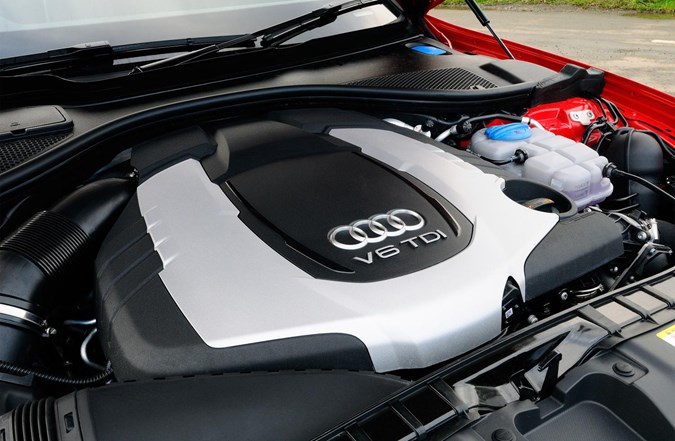
While the 2.0-litre Ultra engine is relatively smooth and punchy, it pales into insignificance when driven back-to-back with the 272hp six-cylinder diesel. The latter engine features a massive amount of shove but it’s also incredibly refined, and smoother still than the 2.0.
Coupled with extremely low running costs for an engine of 3.0 litres, it becomes difficult to ignore if it’s a possibility on paper.
The 204hp was dropped later in 2014.
There’s also a BiTDI engine with 320hp, covering 0-62mph in 5.2 seconds. Top speed is limited to 155mph.
Audi S6 Avant
Producing 450hp and a substantial 550Nm, the Audi S6 Avant is hardly lacking in the performance stakes compared to the previous model. In fact this car is actually quicker than the last car.
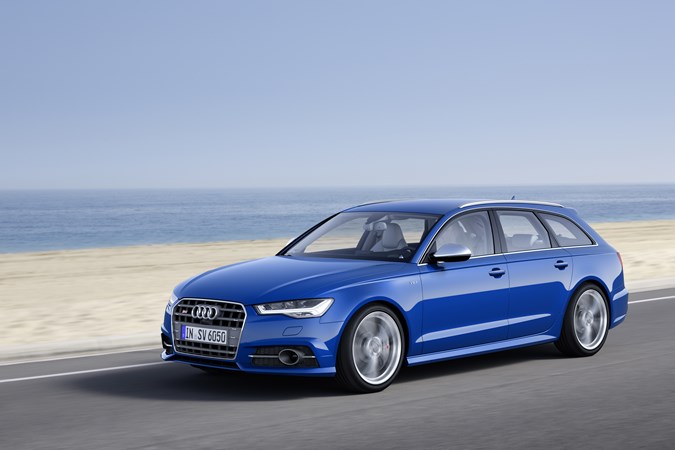
It can cover the 0-62mph benchmark sprint in 4.7 seconds – 0.4 seconds quicker than the last S6 Avant. While it looks impressive on paper, this pace is even more so in reality, especially considering the car weighs around 1,800kg.
The S6 is fitted with the German company’s excellent seven-speed S Tronic automatic gearbox. The incredibly quick gear changes add to the car’s raw pace and can be quickly put in manual mode using the steering-wheel-mounted paddles.
Audi RS 6 Avant
Audi RS6 Avant performance is breath-taking. The sole petrol engine available has been down-sized over the previous RS 6, but at 4.0 litres in capacity it really isn’t all that small. Thanks to twin turbochargers it generates 560hp towards the top of the rev range. It also makes 700Nm of torque between 1,750 and 5,500rpm, which means the dash to 62mph takes just 3.9 seconds.
When you press the throttle to the floor the engine screams and you’re sling-shot towards the horizon with unrelenting ferocity. There’s a momentary pause as the gearbox changes ratios and then the same angry noise continues.
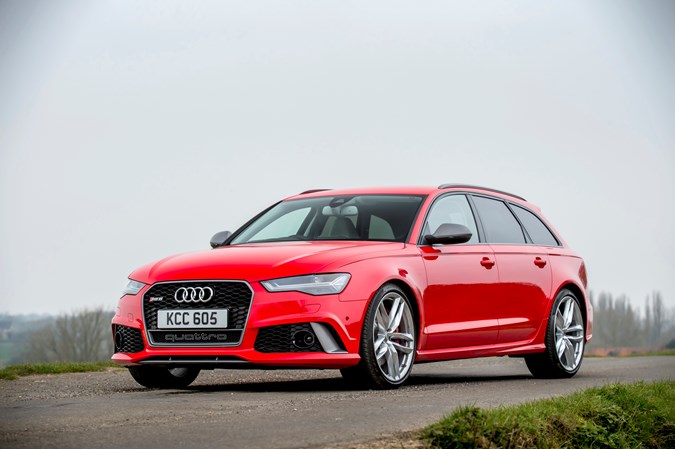
Handling the gearing is an eight-speed automatic gearbox which can be operated manually using the paddle-shifters located behind the steering wheel. There’s no manual option available.
Drive modes for multiple personalities
Audi’s Drive Select system is on hand to change the characteristics of the car to your preferences. In Comfort mode it’s a fairly serene experience, with slightly more latent gear changes and a lazier engine characteristic.
Choosing Dynamic means everything is sharpened – throttle response is on a knife edge and the gearbox swaps its cogs incredibly quickly. Driving fast in this mode is incredibly rewarding, but beware – your fuel economy will suffer massively.
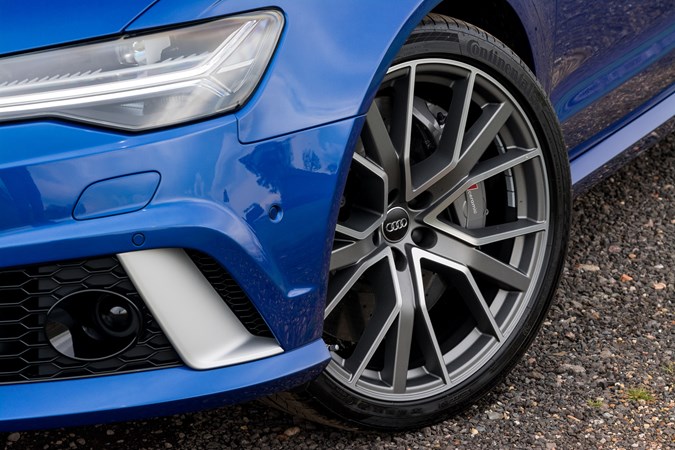
Individual is the other mode you may want to consider. This lets you set up your own profile with all of the characteristics you’d like, including the weighting of the steering, engine and gearbox response, suspension settings and many more besides.
Audi RS 6 Avant Performance
In February 2016 deliveries started for the RS 6 Avant Performance (pictured below), which featured 45hp power increase to 605hp. This dropped the 0-62mph time to 3.7 seconds, while top speed and running costs are the same as the ‘standard’ RS 6.
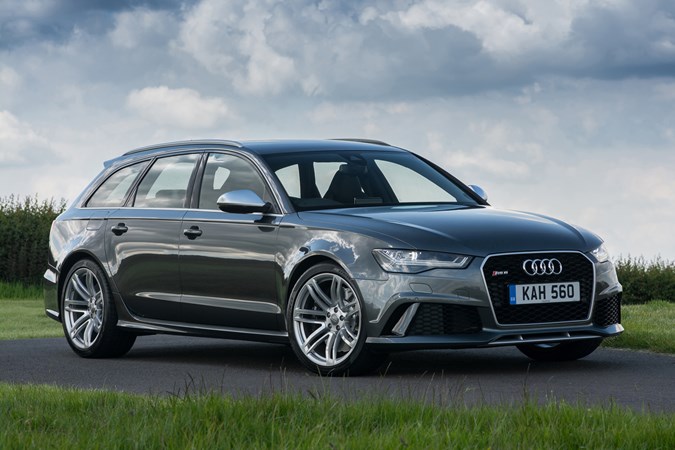
This version is supercar quick, with the same huge grip and relentless shove as the regular RS 6. However, we’d challenge all but the keenest of race track users to notice the extra grunt, which leaves us wondering whether it’s a worthwhile upgrade.
Variable top speed
The RS 6’s top speed depends entirely upon which boxes you tick on the options list. The standard car is electronically limited to 155mph, while specifying the Dynamic Package increases it to 174mph. For the ultimate in high-speed performance you’ll need the Dynamic Plus package, which allows for a top speed of 189mph.
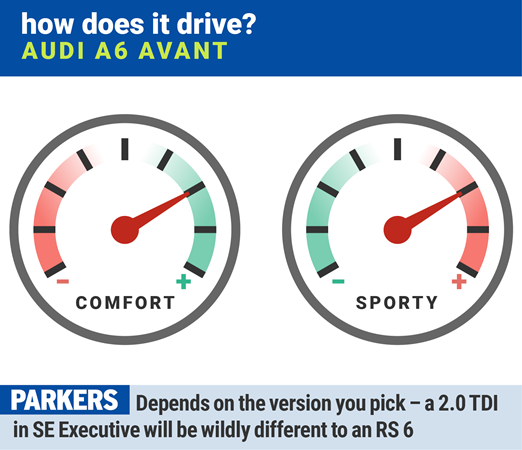
The A6 is composed when cornering and there is very little bodyroll. Even the ride on the standard 17-inch wheels is good, but stay away from the bling 20-inch wheels because they’ll unsettle the ride. The A6 Avant has closed the gap to the 5 Series but it’s the BMW that retains its crown as the ultimate driver’s car in this sector.
The car is set up quite well: it has a firm ride and the chassis is good but the big downside is the steering. Whether you tinker with the Drive Select modes or not, it feels a little vague and it is not as engaging as the BMW which is a real shame. Stiffer sports suspension lowers the car by 20mm and that comes as standard when you choose the A6 Avant in S line trim.
This gives the car better turn-in while still retaining decent grip levels. The Quattro four-wheel drive (where fitted) provides excellent all-weather traction while the powerful six-cylinder models with front-wheel drive can overwhelm with front tyres, leading to wheelspin. With that in mind and the wet weather we get in the UK, it’s probably worth opting for a Quattro.
Audi S6 Avant handling
With the standard Quattro four-wheel-drive system, the S6 has more than enough grip to deal with the power of the V8 engine. It handles quicker corners well, always feeling planted, but you do get a little body roll. The adaptive air suspension and sports differential, which come as standard on both models and lowers the body, means the handling is sharp and precise.
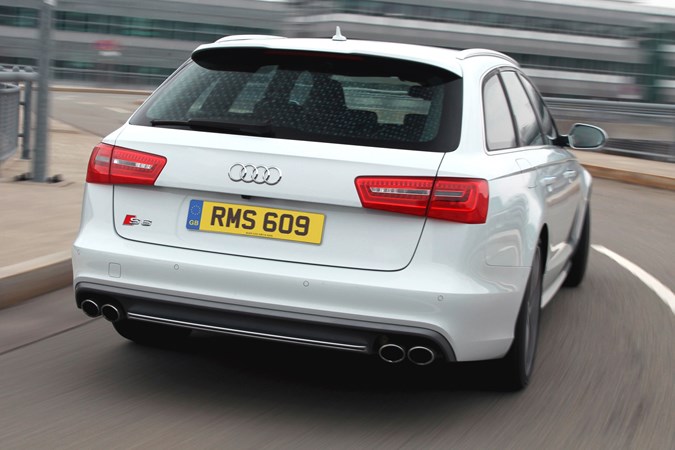
It’s more composed and refined than its BMW rival but doesn’t offer the kind of excitement and engagement of the Bavarian saloon. Dynamic mode weights up the steering, delays the gearchanges and speeds up the throttle response. It’s competent rather than involving and we think the Individual mode is the best choice because it allows the driver to set up the car according to his or her own preferences.
Audi RS 6 Avant handling
On the road the RS 6 Avant is a capable machine through corners. It doesn’t roll around much, turns in sharply and there’s tons of grip thanks to that Quattro four-wheel drive system.
It’s not as exciting as some rear-wheel drive rivals, however, and lacks the steering feedback enjoyed by some of its competitors too. It’s possible to change the steering wheel weighting though, which does help make the drive more engaging.
The RS 6 sits on an all-new air suspension system which lowers the ride height by 20mm compared to a normal A6. It also allows the driver to select various driving modes depending on the sort of driving they’re doing. Using Audi’s Drive Select you can flick between Comfort and Dynamic settings, while Individual will allow you to dial in exactly the parameters you prefer.
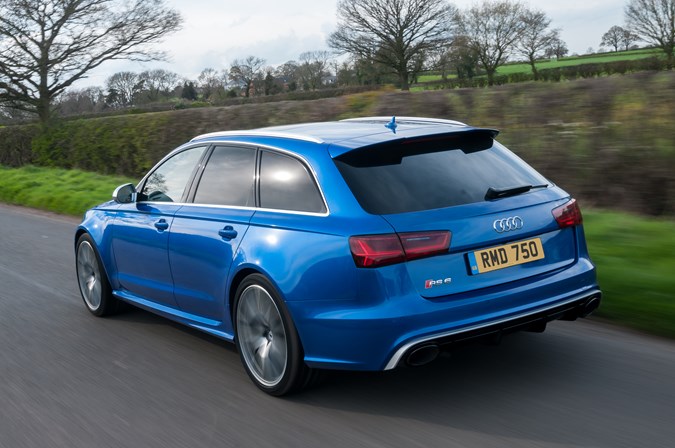
Available as an optional extra, you can also specify Sports Suspension Plus with Dynamic Ride Control. This set-up uses conventional steel springs and oil-filled shocks which are linked diagonally front-to-rear via oil lines, which provides a very stable ride through corners thanks to the communication between the two sides of the car.
To slow you down, Audi has fitted huge brakes as standard and also offers the option of carbon fibre-ceramic brakes for the ultimate in stopping power. The latter will cost several thousand pounds, but having tested it we were very impressed, both by how effective they were and how progressive the pedal feel was. Carbon-ceramic brakes are often very ‘grabby’, but these didn’t seem to suffer that affliction.




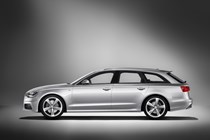
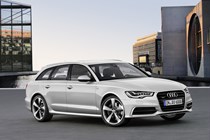
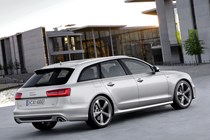
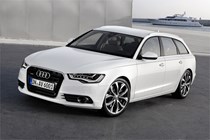
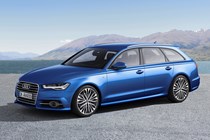
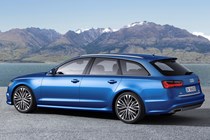
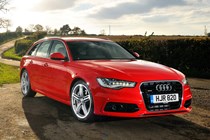
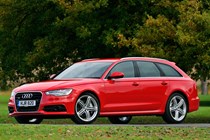
.jpg)
.jpg)
.jpg)
.jpg)
.jpg)
.jpg)
.jpg)

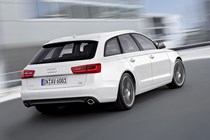
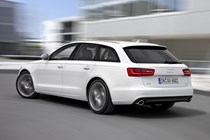
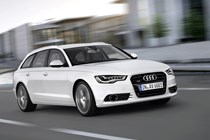
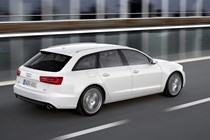
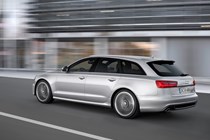
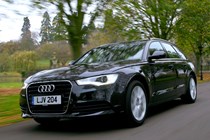
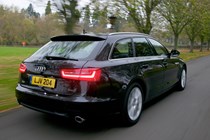
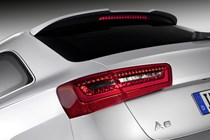
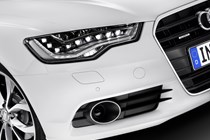
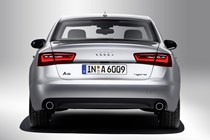
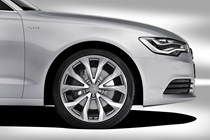
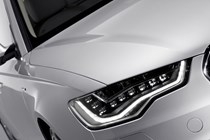
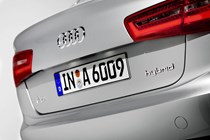
.jpg)
.jpg)
.jpg)
.jpg)
.jpg)
.jpg)
.jpg)
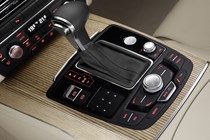
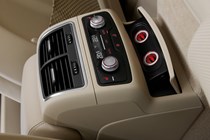
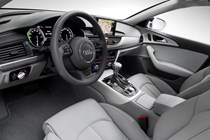
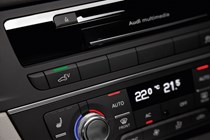
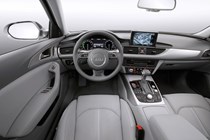
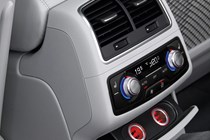
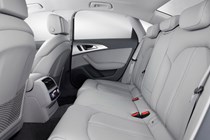
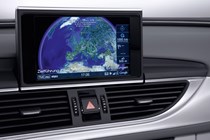
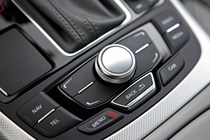
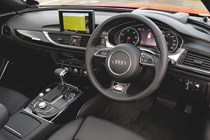
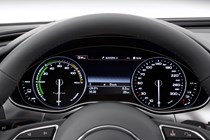
.jpg)
.jpg)
.jpg)
.jpg)
.jpg)
.jpg)
.jpg)
.jpg)
.jpg)
.jpg)
.jpg)
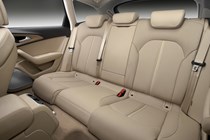
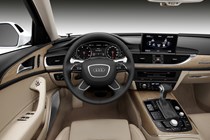
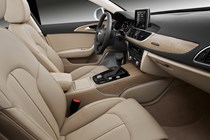
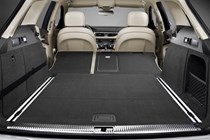
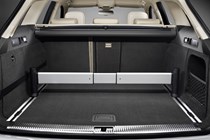
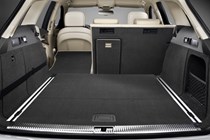
.jpg)
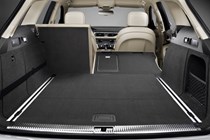
.jpg)
.jpg)
.jpg)
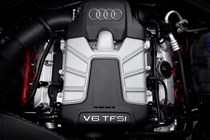
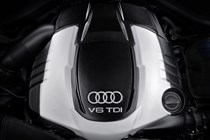
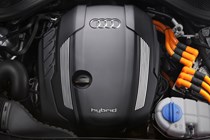
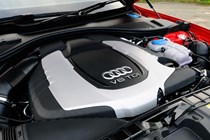
.jpg)
.jpg)
.jpg)










.jpg?quality=50)
.jpg?quality=50)
.jpg?quality=50)
.jpg?quality=50)
.jpg?quality=50)
.jpg?quality=50)
.jpg?quality=50)














.jpg?quality=50)
.jpg?quality=50)
.jpg?quality=50)
.jpg?quality=50)
.jpg?quality=50)
.jpg?quality=50)
.jpg?quality=50)











.jpg?quality=50)
.jpg?quality=50)
.jpg?quality=50)
.jpg?quality=50)
.jpg?quality=50)
.jpg?quality=50)
.jpg?quality=50)
.jpg?quality=50)
.jpg?quality=50)
.jpg?quality=50)
.jpg?quality=50)






.jpg?quality=50)

.jpg?quality=50)
.jpg?quality=50)
.jpg?quality=50)




.jpg?quality=50)
.jpg?quality=50)
.jpg?quality=50)